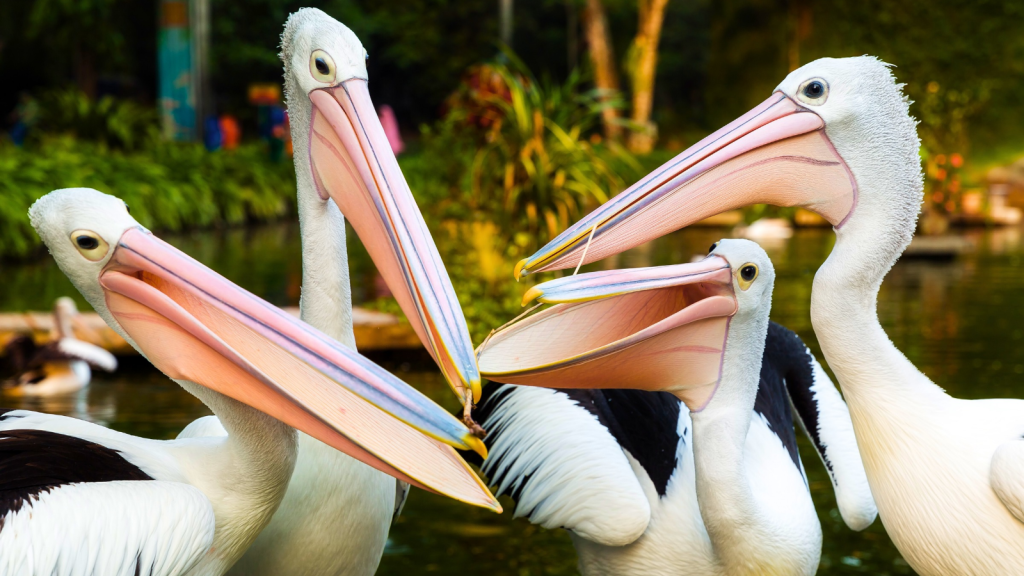Nature is full of amazing creatures that work together to survive. Some of the most impressive examples are predators that hunt in groups. These clever animals have learned that teaming up makes catching prey easier and more likely to succeed. From the depths of the ocean to the African savannah, cooperative hunters can be found all over the world. Their teamwork shows just how smart and adaptable animals can be when it comes to finding food. Let’s explore 12 of these fascinating predators and how they join forces to catch their next meal.
African Wild Dogs
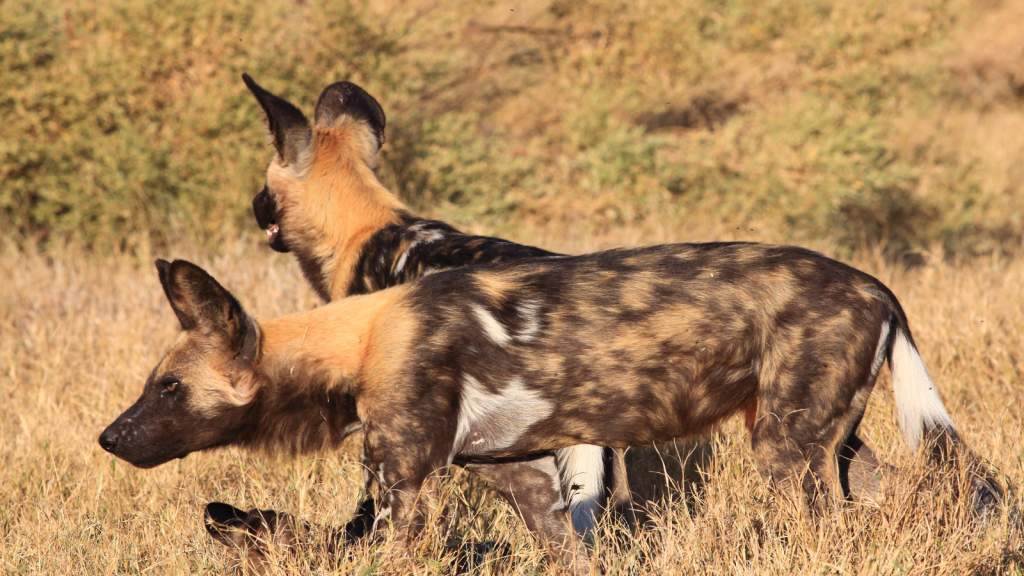
African wild dogs are masters of the group hunt. These spotted canines work in packs of up to 40 members, chasing down prey like antelopes and wildebeest. They take turns running at the front of the pack, wearing down their target until it’s too tired to keep running. Once the prey is caught, the whole pack shares the meal. African wild dogs are incredibly successful hunters, with a kill rate of up to 80% on their hunts.
Orcas
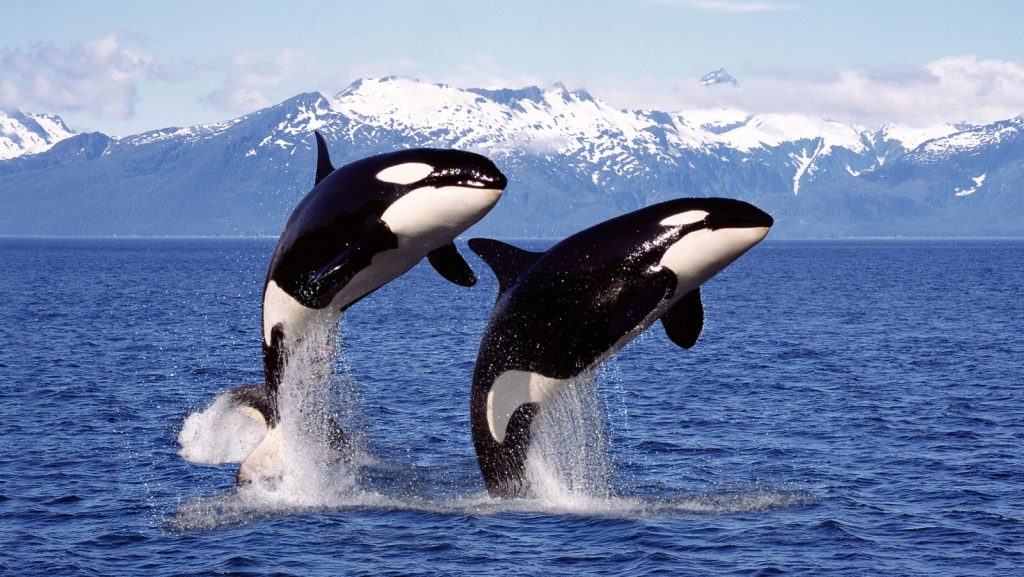
Orcas, also known as killer whales, are some of the ocean’s most skilled team hunters. They use different tactics depending on their prey, from creating waves to knock seals off ice floes to working together to herd fish into tight balls. Some orca groups even beach themselves temporarily to grab seals on shore, a risky but effective hunting method. Orcas also teach these hunting techniques to their young, passing on their knowledge through generations.
Lions
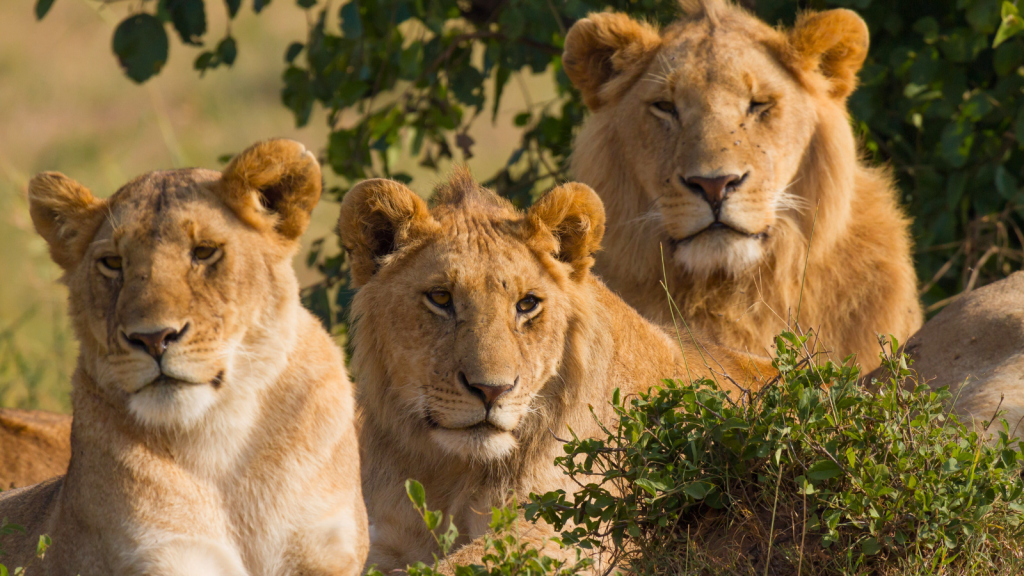
The “king of the jungle” is actually a team player when it comes to hunting. Female lions do most of the hunting, working together to bring down large prey like zebras and wildebeest. They often use ambush tactics, with some lions hiding while others drive the prey towards them. This teamwork allows them to catch animals much larger than a single lion could handle alone. Lions have been known to take down animals as large as adult giraffes when hunting in groups.
Wolves
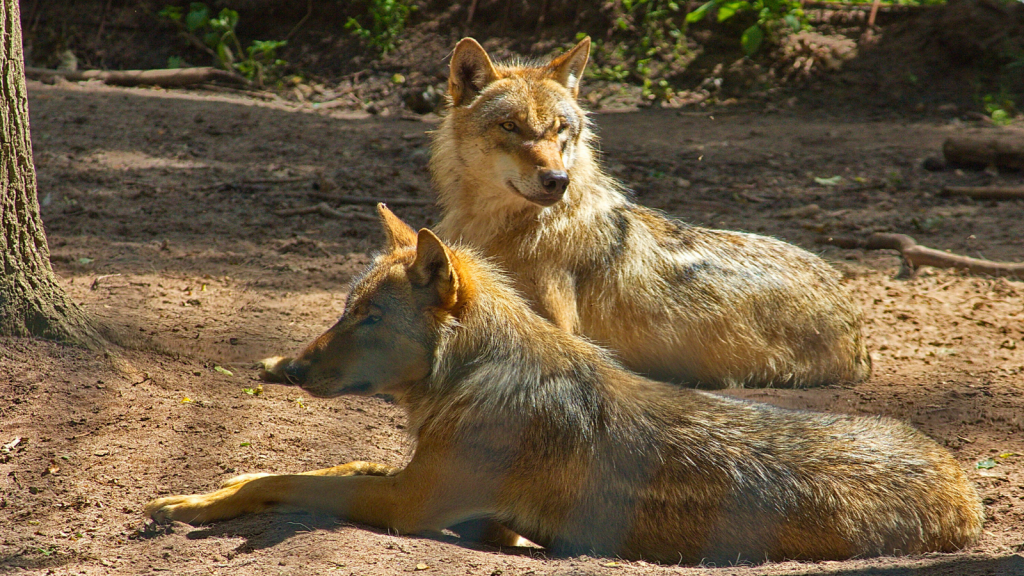
Wolf packs are famous for their coordinated hunts. These clever canines use a variety of strategies to catch prey, from chasing animals into deep snow where they get stuck to surrounding a herd and picking off weak or young individuals. Wolves even have specific roles during hunts, with some acting as pursuers while others block escape routes. The success of a wolf pack’s hunt often depends on the experience and leadership of the alpha pair.
Harris’s Hawks
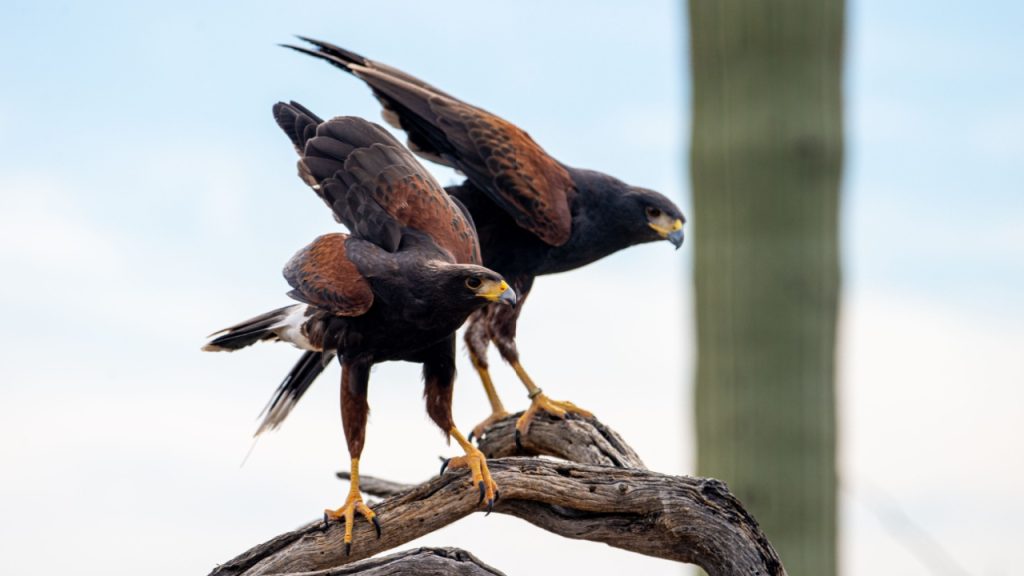
These clever birds of prey are one of the few raptor species that hunt cooperatively. Harris’s hawks work in small groups to chase down rabbits and other small mammals. They take turns pursuing the prey, swooping down to try and catch it while the others watch from above, ready to take over if the first attempt fails. This unique hunting strategy allows Harris’s hawks to catch prey that would be too fast or agile for a single hawk.
Spotted Hyenas
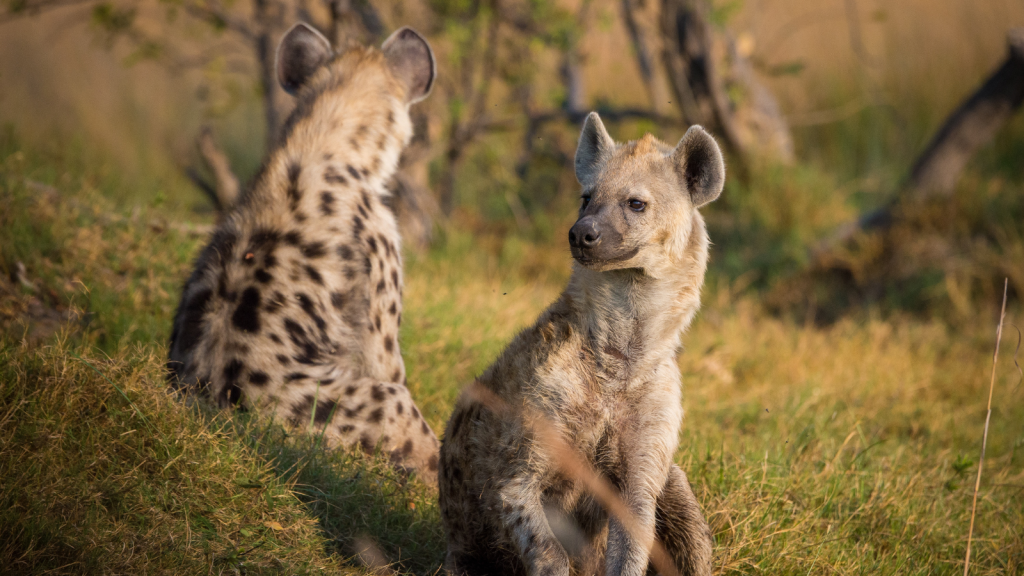
Despite their reputation as scavengers, spotted hyenas are actually skilled hunters. They often work in groups to bring down large prey like wildebeest or zebras. Hyenas use their stamina to wear down prey over long chases, with different pack members taking turns to lead the pursuit. Their powerful jaws and strong bite allow them to quickly dispatch even large animals once caught. Hyena clans can have up to 80 members, making them a formidable hunting force.
Bottlenose Dolphins
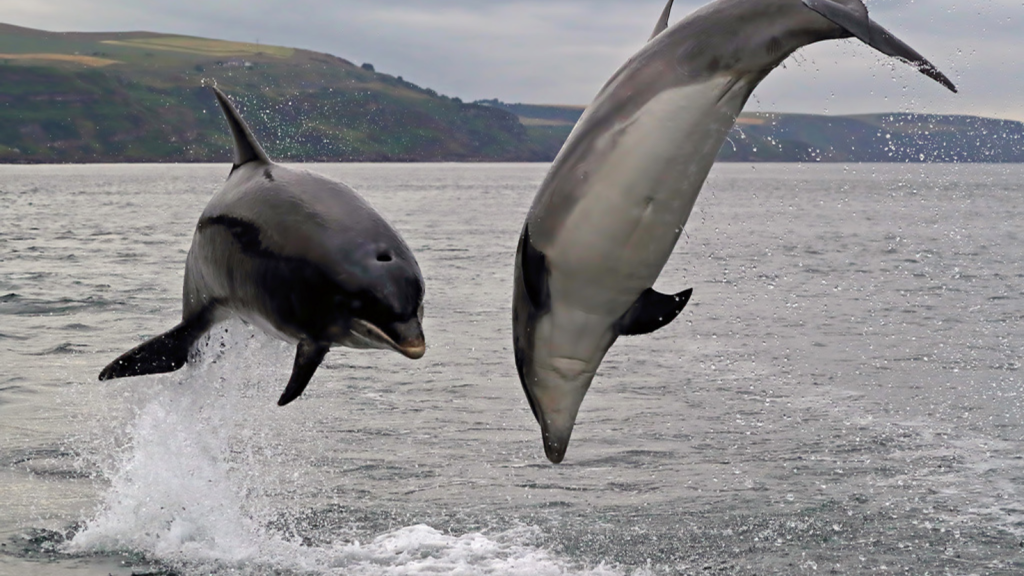
These intelligent marine mammals are known for their complex social structures and cooperative behaviours. When hunting fish, bottlenose dolphins often work together to herd their prey into tight groups or drive them towards shallow water where they’re easier to catch. Some dolphin groups even coordinate with human fishers, helping to drive fish into nets in exchange for a share of the catch. Dolphins use a variety of vocalisations to communicate during hunts, coordinating their movements with precision.
Chimpanzees
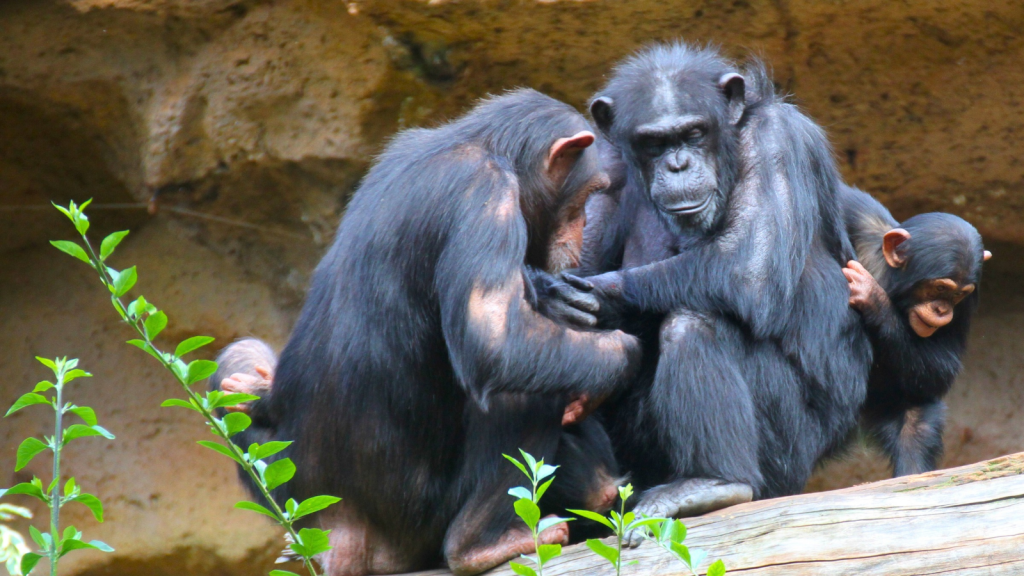
Our closest animal relatives are also skilled cooperative hunters. Chimpanzees in some areas work together to catch monkeys and small antelopes. They use complex strategies, with some chimps chasing the prey while others block escape routes or lie in ambush. This teamwork allows them to catch prey that would be too quick or agile for a single chimp to catch alone. Chimpanzees have even been observed using crude spears to hunt smaller primates, showing their adaptability as predators.
Army Ants

These tiny hunters prove that size doesn’t matter when it comes to teamwork. Army ants form massive swarms of millions of individuals, moving across the forest floor and devouring everything in their path. Different ants have different roles, with some forming living bridges or ladders to help the swarm cross obstacles. Their coordinated attacks can overwhelm much larger insects and even small vertebrates. A single army ant colony can consume up to 500,000 prey animals in a single day.
Humpback Whales
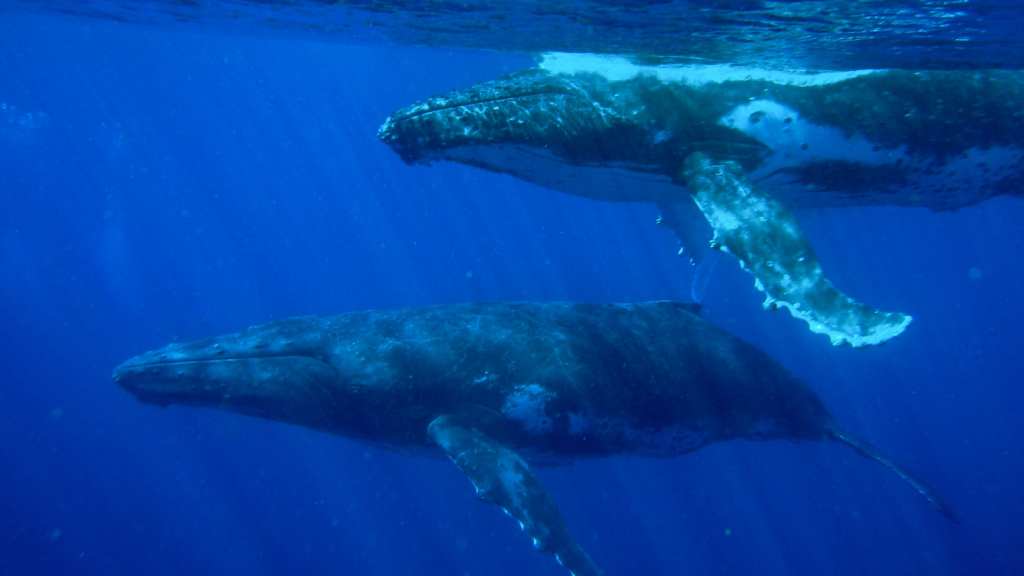
While not typically thought of as predators, humpback whales sometimes use an impressive cooperative hunting technique called bubble net feeding. A group of whales swims in a shrinking circle while blowing bubbles, creating a net of bubbles that traps small fish. One whale then gives a feeding call, signalling the others to swim upwards with their mouths open, swallowing the trapped fish. This behaviour is not innate but learned, with different populations of humpbacks using variations of the technique.
Coyotes
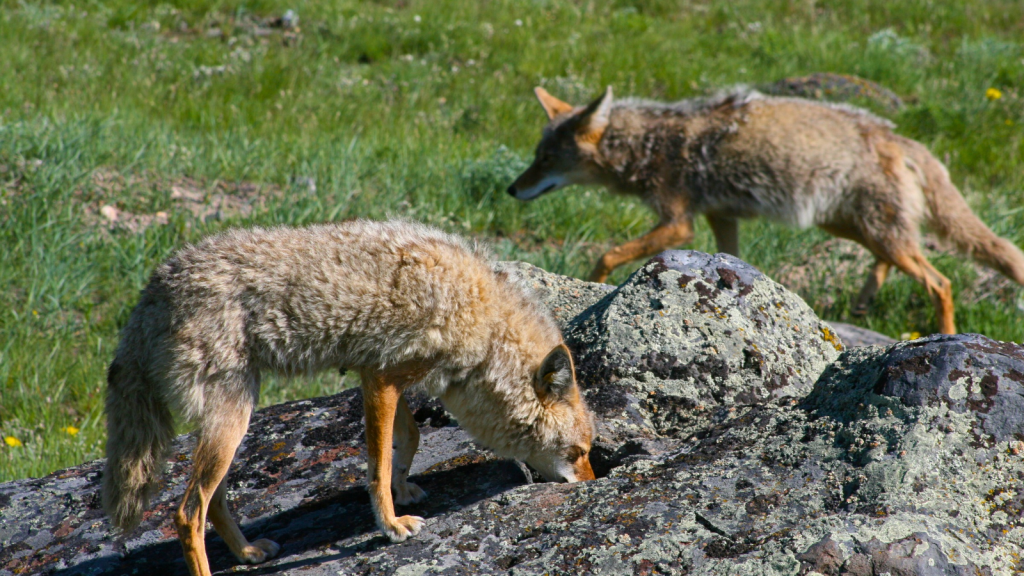
These adaptable canines are known for their intelligence and flexibility when it comes to hunting. Coyotes often hunt in pairs or small family groups, especially when going after larger prey like deer. They use tactics similar to wolves, with some coyotes chasing the prey while others cut off escape routes. This teamwork allows them to punch above their weight class and take down animals much larger than themselves. Coyotes have also been observed working together with badgers to catch small prey, showing their ability to form unlikely alliances.
Pelicans

While often seen as solitary fishers, some pelican species engage in impressive group hunting behaviours. American white pelicans, for example, sometimes form lines or circles to herd fish into shallow water. They then scoop up the trapped fish with their large bills. This cooperative strategy allows them to catch more fish than they could on their own, showing that even birds can benefit from teamwork when hunting. Pelicans can consume up to 1.8 kg of fish per day, making their efficient hunting strategies crucial for survival.
Becky is a fervent wildlife enthusiast and pet care expert with a diploma in canine nutrition. Her love for animals stretches beyond the domestic, embracing the wild tapestry of global fauna. With over a decade of experience in animal welfare, Becky lends her expertise to OutlandishOwl through insightful articles, captivating wildlife information, and invaluable guidance on pet nutrition. Her work embodies a deep commitment to understanding the intricate lives of animals and a passion for educating others on sustaining natural habitats. Becky's hands-on conservation efforts and her knack for translating complex dietary science into practical pet feeding tips make her an indispensable voice for creatures great and small.

